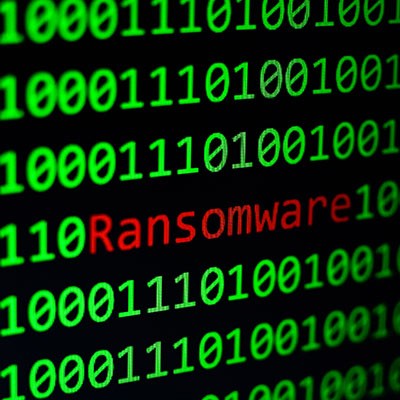
Ransomware is perhaps the nastiest threat you can encounter, and the unprepared business could potentially be crippled beyond repair if it suffers from an attack like this. We’re here to demystify the inner machinations of a ransomware attack so you know better how to respond to it.
A ransomware attack can strike in any way that any other malware might hit your business, but the culprit is largely phishing attacks, or scams that make people react in ways that are irrational or don’t make sense. Once the hacker is in the system, deploying ransomware is simple as can be.
Ransomware is notorious for encrypting files found on infected systems, then demanding that the victim pay a ransom in exchange for their safe return.
The choice that most businesses don’t realize they have is simple: don’t pay the ransom. Unfortunately, there are other factors that need to be considered, especially where your business is concerned. Failing to pay the ransom means that you aren’t able to access your files, meaning no work can get done until access has been restored. Some hackers will try to force your hand by simultaneously stealing and threatening to release your data on the Internet, making the ransom payment even more attractive as a potential out for your organization. They feel the need to pay the ransom because they cannot risk the security of the data or the fines associated with a leak, something which puts them in an impossibly difficult scenario.
Thankfully, you do have more outs than one when it comes to ransomware attacks. These tips should work well for just about all cybersecurity concerns, too.
Phishing is the most common way that ransomware spreads, so you’ll have to train your team to know what they are looking at and how to spot potential threats. Here are some signs you might consider sharing with them:
If a message includes the above variables, it’s worth noting that it might still be a legitimate message; so when in doubt, verify the sender through external methods, or report the message to IT to get a better idea of if your concerns are founded.
If you want your business to remain secure, you’ll want to ensure that all firmware, antivirus software, operating systems, applications, and so on are kept up to date. There are countless variations of new ransomware being released on a daily basis, and you’ll want to be protected from them all—or as many as possible, at any rate. The only way to do this is by making sure you patch your systems in a timely manner. Infradapt can assist you with this process as needed.
Finally, you will want to prioritize data backups. Not only are they great for recovering from potential ransomware attacks, they are just great to have in general, as they can help you get back in action in just about all scenarios where you might lose access to your data. Of course, you’ll want to store these backups in a separate location so that they are not encrypted alongside a potential ransomware attack.
Infradapt can help protect your business from all manner of cyberattacks. To learn more, call us at 484-546-2000.